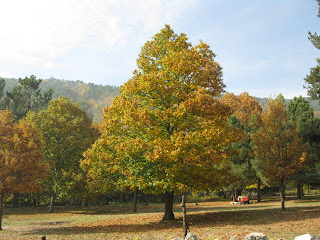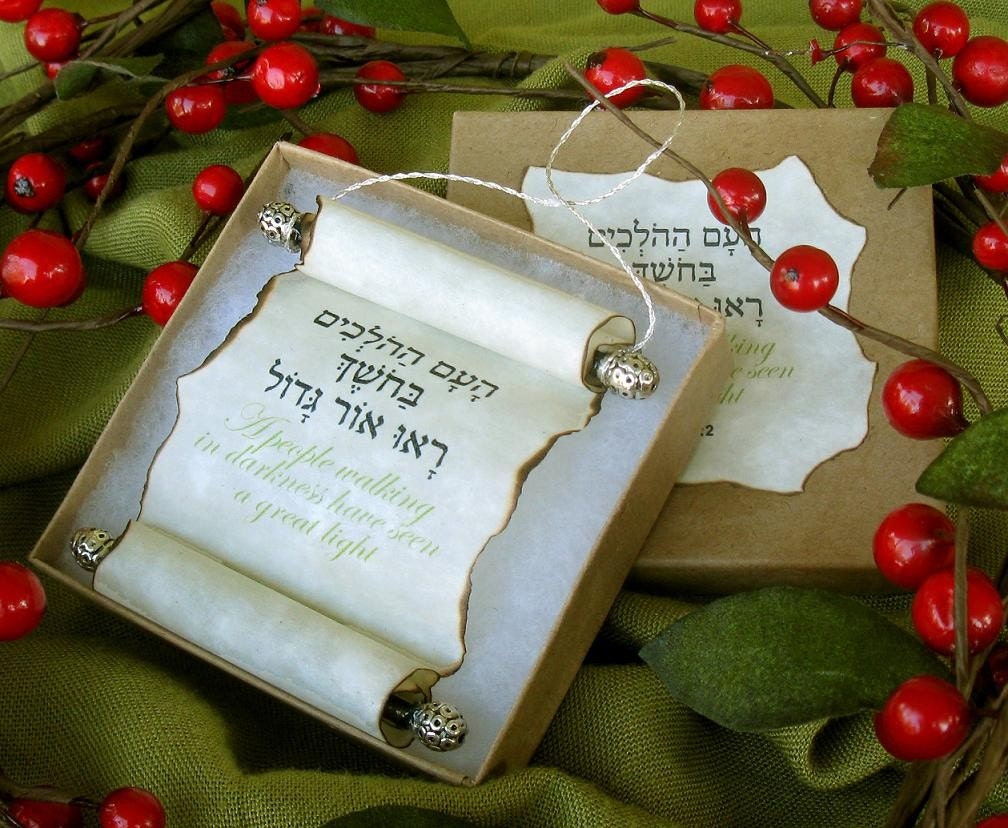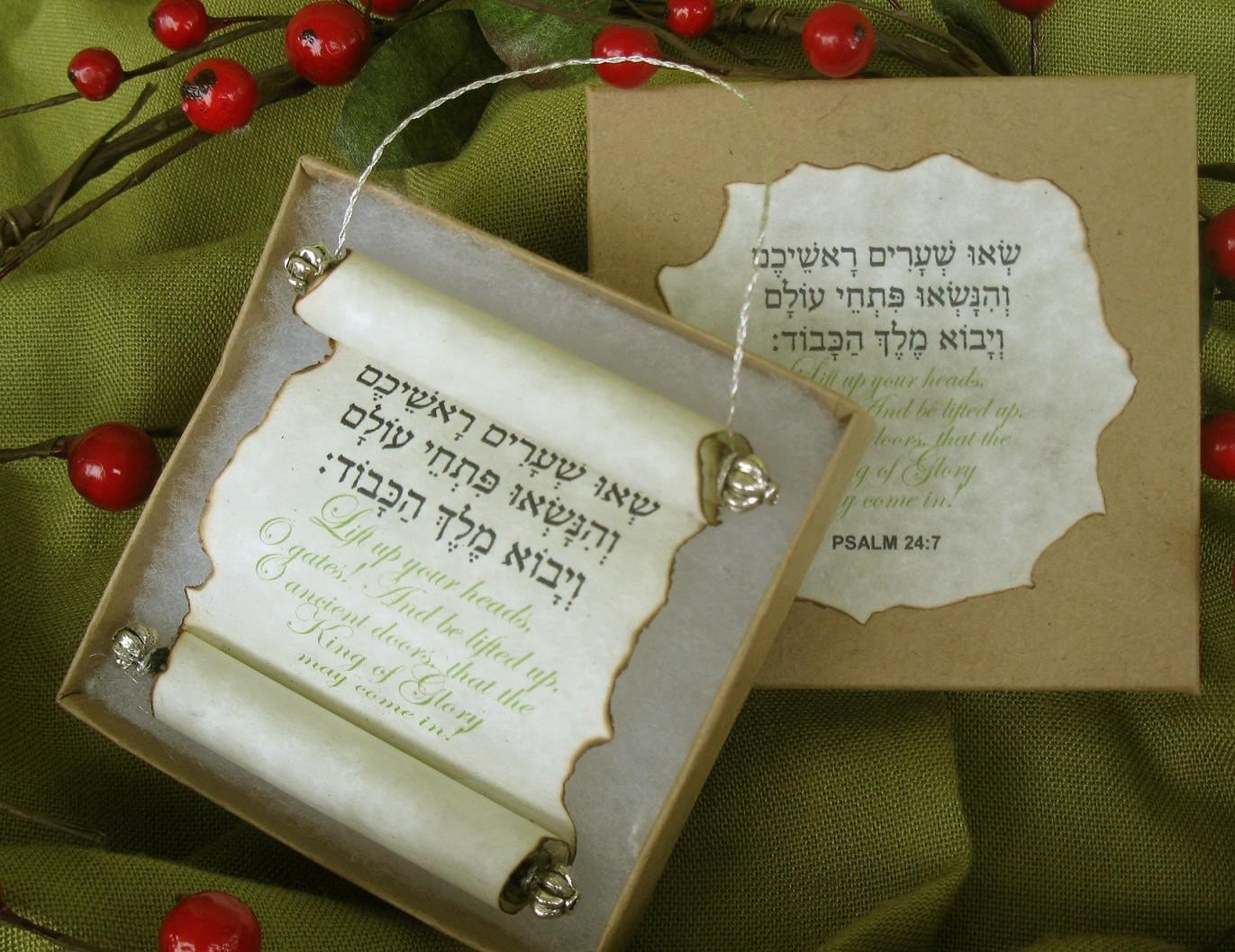These images are of edible sweet chestnuts from the Castanea sativa tree species. To compare these with non-edible chestnut follow this link.
Walk though a Chestnut grove in November
In went for a walk today with some friends though a Sweet Chestnut grove about an hours drive west of Madrid, Spain.
Most of these images speak for themselves. The image above stood out to me as the eight tree trunks were all growing out of the cut stump of one old Chestnut tree.
This man in this picture was raking the leaves into piles and then burning them. An occasional sweet chestnut would end up in the fire which would send out a muted popping sound every 10 to 15 seconds.
This family was busy collecting the sweet chestnuts, filling large sacks and getting them ready to go into town to sell.
This just stood out to me as a pleasant country fall scene.
Hope you enjoyed the pictures as much as I enjoyed taking them!
Most of these images speak for themselves. The image above stood out to me as the eight tree trunks were all growing out of the cut stump of one old Chestnut tree.
This man in this picture was raking the leaves into piles and then burning them. An occasional sweet chestnut would end up in the fire which would send out a muted popping sound every 10 to 15 seconds.
This family was busy collecting the sweet chestnuts, filling large sacks and getting them ready to go into town to sell.
This just stood out to me as a pleasant country fall scene.
Hope you enjoyed the pictures as much as I enjoyed taking them!
New Christmas Tree Scroll Ornaments from Papuan Lass
Christmas ornament scrolls of Greek and Hebrew Scripture portions relating the Biblical Christmas story.
Vintage Christmas carols printed on fine parchment paper, shaped it and burned the edges. The entire ornament is sprayed with clear acrylic sealer to preserve the ornament.
Non-edible Chestnuts
This is the time of year that I get a lot of comments on my post "Edible chestnuts vs. Horse chestnuts" with all kinds of stories people who have tried to eat Horse Chestnuts thinking that they were edible chestnuts. The images here are of the NON-EDIBLE Horse Chestnuts.
Prickly Pear or Barbary Fig - a tree like cactus
The Prickly Pear or Barbary Fig is a tree like cactus that is widely grown for its edible "tuna" fruits in semi-arid regions around the world. The images in this post come from central Spain in the Extremadura region.
The tasty yet somewhat seedy fruits of this tree-cactus are a bit of a challenge to pick since both the leaves and fruits are covered with both pointy, thorny spikes and small, fine prickly "hairs". If you don´t what to get a hand full of these bothersome barbs you had better come prepared. A thick set of gloves with wrist protectors is one way to go about picking them. Then comes the challenge of riding the fruit of their thorns and hairs. One way to go about it is to place several dozen in a gunny sack, get them wet and then agitate the sack for 5-10 minutes. This can be done by hanging the sack from a branch or bean and then rocking the sack back and forth with your hand. In this way the fruits end of cleaning each others prickles off.
To eat the fruit one has to first peel back the skin. One way that I like to do this is to slice off both ends, make a cut down one side and then peel the rest off starting from the cut and removing the rest of the peel in one piece leaving the tasty interior ready to be eaten as is.
The tasty yet somewhat seedy fruits of this tree-cactus are a bit of a challenge to pick since both the leaves and fruits are covered with both pointy, thorny spikes and small, fine prickly "hairs". If you don´t what to get a hand full of these bothersome barbs you had better come prepared. A thick set of gloves with wrist protectors is one way to go about picking them. Then comes the challenge of riding the fruit of their thorns and hairs. One way to go about it is to place several dozen in a gunny sack, get them wet and then agitate the sack for 5-10 minutes. This can be done by hanging the sack from a branch or bean and then rocking the sack back and forth with your hand. In this way the fruits end of cleaning each others prickles off.
To eat the fruit one has to first peel back the skin. One way that I like to do this is to slice off both ends, make a cut down one side and then peel the rest off starting from the cut and removing the rest of the peel in one piece leaving the tasty interior ready to be eaten as is.
First Fruits of the Fig Tree - Breva crop
The Common Fig (Ficus Carica) tree produces two crops of figs each year. The first crop, which grows on the previous years shoot growth is called the "breva" crop (from the Spanish term) or the "First Fruits" crop. In Italian these first figs are called "Fioroni". These first fruits of the fig tree are larger than the normal figs and often present with a different color. They are also less sweet and a bit dryer. They are however prized for their size which can approach that of a medium sized pear. "Brevas" are usually harvested between June and July while the main crop is harvested in August and September. The main crop of figs grows in the current years shoot growth.
It is not uncommon to see the main crop of figs growing while the Breva figs are ripe for harvest. In the top image of this post you can see how the Breva fig is growing from the previous years branch growth and the newer main crop is growing on the new branch shoot.
It is not uncommon to see the main crop of figs growing while the Breva figs are ripe for harvest. In the top image of this post you can see how the Breva fig is growing from the previous years branch growth and the newer main crop is growing on the new branch shoot.
Anne Frank´s Horse Chestnut tree blown down in storm
The famous Horse Chestnut tree that Anne Frank described in her dairy while she and her family were hiding from the Nazis during the second world war has been knocked over in a storm. The tree in Amsterdam has been called "Anne Frank´s tree". The tree was about 150 years old and had survived pests, disease and many previous storms. The image above gives a pretty clear idea of how badly damaged the tree is.
Caracus wigandia: Wigandia caracasana
The Caracus wigandia is a small tree or large ornamental plant with large leaves and purple-blue flowers. Other than the fact that this tree is native to Venezuela (from the sign - see below) I don´t know anything about it. This tree is in the Southern Spanish town of Mijas not too far from the Bull ring. Enjoy the pictures!
When to harvest bay leaves
The Bay leaf tree is also called the Bay laurel or Sweet bay leaf (Laurus nobilis) is a Mediterranean tree whose leaves are used as a herb in cooking.
So, the question arises...when should Bay leaves be harvested for best flavor?
There are differences of opinion on the response to this question but in general Bay leaves can be harvested year round (as an evergreen tree it has leaves 12 months of the year). The flavor that the leaves can produce however grows gradually more intense with time as the leaf matures until they begin to dry up prior to falling off the tree.
There are some that hold that Bay leaves have a more intense fragrance just before the tree flowers. I´m not aware of there being any relationship between the leaf fragrance and the flowering period of the tree.
The leaves are best used in cooking after having been properly dried for at least a few days. One way to dry the leaves is to hang a branch upside down in a dry location for a week or so. The leaves can then by removed from the branch and placed in a container or can be left hanging until needed. The flavor of the leaves left out in the open will gradually fade over time.
Another key fact in the use of Bay leaves is that although they give a nice flavor to a dish the leaf itself is not eaten. This is why the leaves are often left whole...it is easier to remove them. A crushed leaf will give more taste but is very difficult to remove.
Bushman´s poison - Acokanthera oblongifolia
The "Bushman´s poison" or "Wintersweet" as it is also known is a shrub or small tree native to Southern Africa. It is the source of a poison that is used on bushmen´s arrow tips and is highly toxic to both animals and humans. The fruits of this dangerous plant contain estrofantina-G and can be fatal is ingested (especially when they are green). When I first saw this bush I thought that it might be some sort of olive by the looks of the fruits.
Greek Strawberry tree - Arbutus andrachne
The Greek Strawberry tree (species name: Arbutus andrachne) is a small tree in the Arbutus genus that is native to Greece. This tree is known to hybridize naturally with the Strawberry tree (Arbutus unedo) which results in the hybrid Strawberry tree Arbutus x andrachnoides. Like the Strawberry tree the fruits of this tree (shrub) species are edible.
bee pollinating cluster of flowers
small tree
bark
Leaves
Spanish Olive Oil
Spain is the world´s top producer and exporter of Olive Oil with about 45% of the global market. This comes to about 1,400 Metric tonnes of Olive Oil per year, a figure that has increased quite a bit in the last ten years. Among the countries that Spain exports to is Italy which is a bit strange considering that it is also an Olive Oil producing and exporting country. The reason, I believe, is that Italy does not produce enough to meet its exportation demand and has to import Spanish Olive Oil which is then packaged in Italy and exported. Italy produces about half the quantity of Olive Oil as Spain but in many areas of the United States at least is more well known.
"Interprofesional del aceite de oliva" is a non-profit org. that is focused on promoting the use of Spanish olive oil.
"Interprofesional del aceite de oliva" is a non-profit org. that is focused on promoting the use of Spanish olive oil.
The following is a list of Spanish Olive oil varieties, where they are grown and their characteristics..
- ARBEQUINA - originally from Arbeca, Lérida but now is grown in Cataluña, Zaragoza, Teruel and Huesca. This variety makes a high quality grade of oil.
- CORNICABRA - grown in Castilla. This variety is very resistant to cold weather and to droughts. Its oil is known for a fruity, aromatic flavor and low bitterness.
- FARGA - grown in Tarragona, Valencia, Castellón and Teruel. This variety is known for high level of oil production, a good quality oil although with a difficult extraction.
- MORRUT - grown in Tarragona and Castellón. This variety is not very high quality and is not known for regular or high levels of oil production.
- PICUAL - grown in the province of Jaén, this is the most important variety of Olive in Spain. It accounts for about 50% of all Olive trees in Spain. Known for high level of oil production with a good quality product.
- PICUDO - grown in Cordoba, Jaén, Granada and Málaga. This variety is emblematic of Cordoba. Its production is varied from year to year but tends to have a high productivity. It is prized for its unique characteristics.
- VERDIAL DE BADAJOZ - grown in Badajoz, Extremadura. A medium production level that is variable from year to year. The oil is quite fruity with a fairly strong bitter taste.
- CORNEZUELO - grown in the middle of the Iberian peninsula, most notably in the region of Toledo. Constant level of production but not too high. Known as quality, light oil. This variety is also used to produce table olives.
- HOJIBLANCA - grown in the Andalucian provinces of Sevilla, Córdoba and Málaga. Accounts for 16% of the Olive trees in Andalucia. The olives of this variety weigh from 1.5-4 grams and have about 22% production rate. This variety is also used to produce table olives.
- NEGRAL - grown in Aragón, Navarra and Jaén. Along the banks of the Ebro river this olive variety occupies 50% of the fertile land. Has a high level of production of high quality oil. This variety is also used to produce table olives.
Caucasian Zelkova - Zelkova carpinifolia
The Caucasian Zelkova (species name: Zelcova carpinifolia) is a fairly large deciduous tree native to the Caucasus region of southeastern Europe. The Zelcove genus is a family of six tree species in the Elm family. The tree featured in this post is located in the Madrid botanical garden.
The Caucasian zelkova has a unique shape that consists of multiple branches branching off near the base and that are almost vertical and grow very close together. The images above shows how these branches give the tree an almost bottle shape.
Leaves
Trunk base with fairly smooth gray bark
Another view of the way the main branches grow almost vertical
Subscribe to:
Posts (Atom)























































